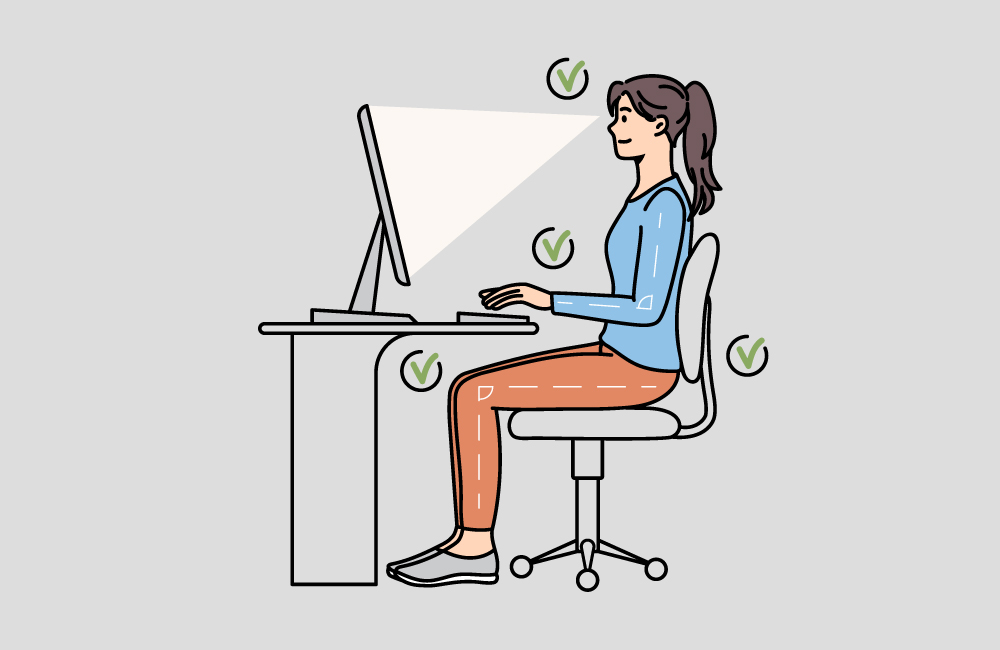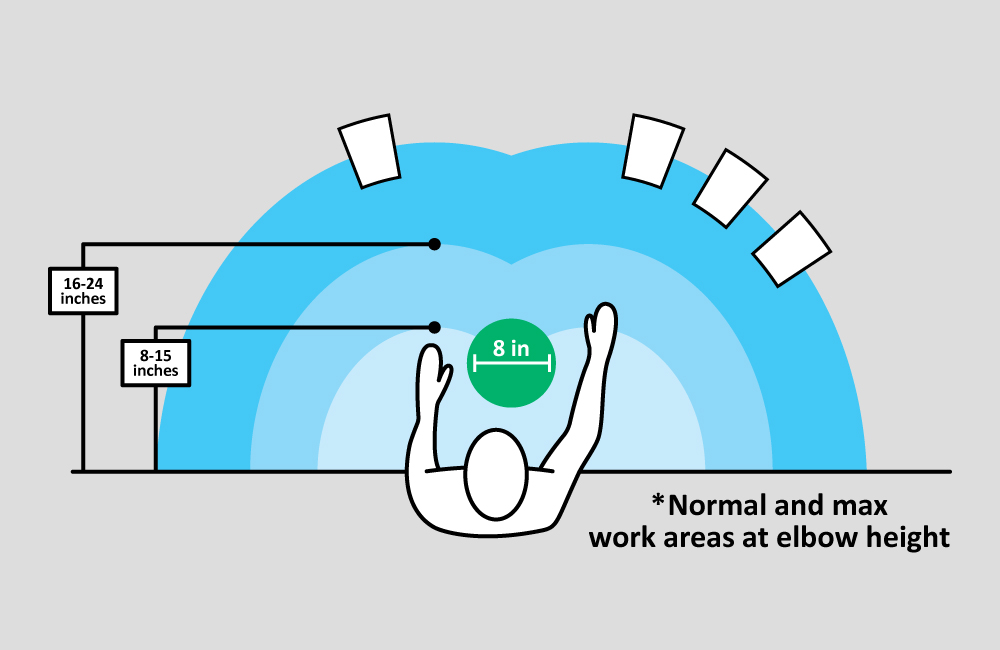Injuries can occur anywhere, but they're especially common in the workplace. Whether you work in an office, a factory, or any other environment, practicing good ergonomics and injury prevention techniques is crucial for your long-term health and well-being.
Understanding Ergonomics
Ergonomics is the science of designing the workplace to fit the worker, rather than forcing the worker to fit the workplace. It focuses on optimizing the workspace to reduce discomfort and fatigue and to prevent musculoskeletal disorders (MSDs) and other injuries.
Five Tips for Injury Prevention and Ergonomics
1. Maintain Good Posture
Good posture is essential for preventing back, neck, and shoulder pain. When sitting, keep your feet flat on the floor, your knees at or below hip level, and your back fully supported by your chair. The top of your computer monitor should be at or slightly below eye level, and your keyboard and mouse should be within easy reach with your elbows at or slightly below 90 degrees. If your feet don’t reach the floor, use a footrest to support your legs.

2. Take Regular Breaks
Prolonged periods of sitting or repetitive tasks can lead to muscle fatigue and strain. To prevent this, take short breaks every hour to stretch and move around. Even a quick walk around the office can help improve circulation and reduce stiffness.
3. Keep Frequently Used Items Within Reach
For tasks you do most often, keep that task in front of you between your arms. For tasks done frequently, the materials should be within easy reach. As you get further away from your body, the frequency which you utilize the materials should decrease. This reduces reaching and strain from repeated awkward positions.

4. Adjust Your Workspace
Make sure your workspace is set up to support good ergonomics. Your chair should be adjustable and provide adequate lumbar support. Your desk should be at the correct height so that your arms are parallel to the floor when typing. Consider using a footrest if your feet don't reach the floor comfortably. If you have a sit to stand work station, double check the positioning of your monitor while seated and standing to make sure it is at or slightly below eye level.
5. Stay Active Outside of Work
Regular exercise is essential for maintaining strength, flexibility, and overall health. Incorporate activities that strengthen your core, back, and neck muscles, such as yoga, Pilates, or swimming. Strengthening these muscles can help support proper posture and reduce the risk of injury.
By following these simple tips, you can reduce your risk of workplace injuries and promote better health and well-being. Remember, good ergonomics isn't just about avoiding discomfort; it's about creating a workspace that supports your body and allows you to work safely and efficiently.
OccuCare has helped numerous companies reduce their workers' compensation costs by over 50%. To see how our injury elimination services can help your company reduce costs, please contact us at 833-858-9946 or email us at info@occucare.net.